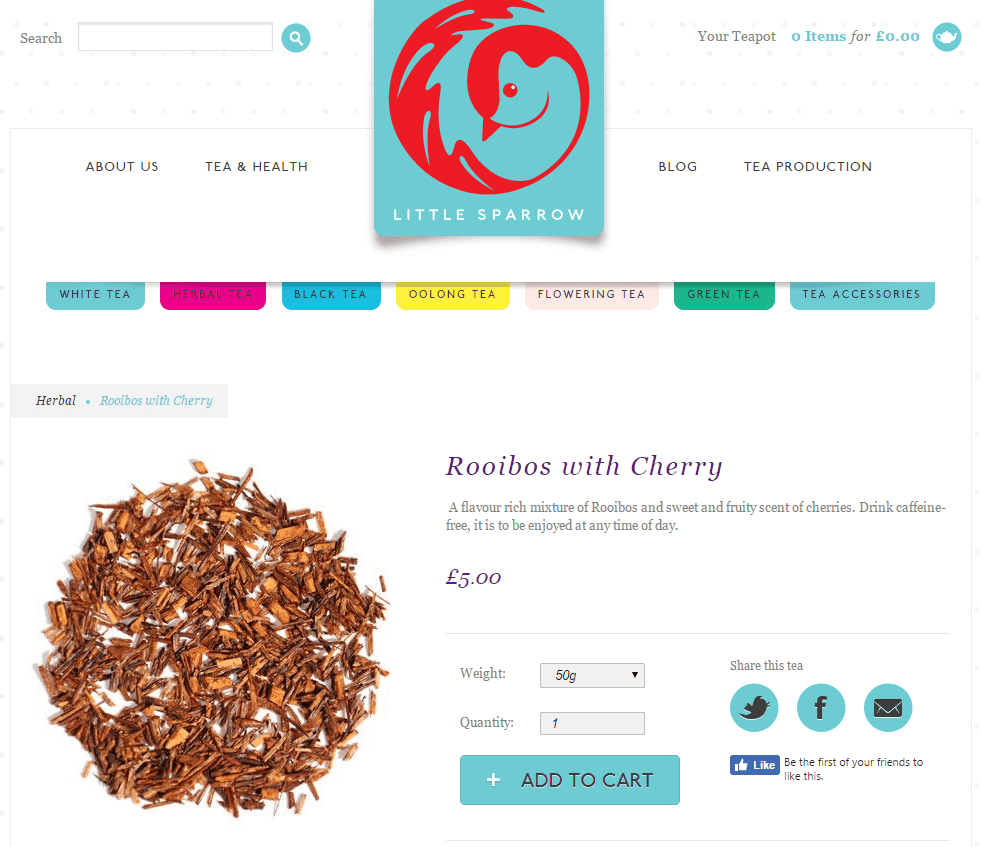Have you ever wondered how you could take your customer’s experience to the next level? Do you know the difference between UX and CX? This article will explore how data analysis and customer profiling will make vast improvements to your organization by enabling you to make more precise decisions about your technology and your customers.
Bridging the gap between UX and CX
The terms UX and CX are often used interchangeably (and incorrectly), even by experienced industry professionals. However, while there is a lot of overlap, they do mean quite different things.
UX deals with prospects or customers interacting with your product or service and the experience they have from that interaction. Your product or service could range from a website, eCommerce store, or a mobile app. UX can be measured by metrics such as success rates, error rates, and shopping cart abandonment rates.
Customer experience is more strategic, involving all actions that a person has with your brand, and can be used to look at the entire customer journey. Some examples of CX include customer service, marketing communications, and product/service delivery. As you can see, CX reaches well beyond the remit of the marketing department.
Essentially, UX is part of the CX whole, while CX contains some aspects outside your product or service. It is often assumed that UX is all about data, whilst CX is mainly bettered by customer profiling. This article will explore how, conversely, both data and profiling can be extremely useful to UX and CX.
Why data driven design really works for UX
There is no one-size-fits-all strategy for every organization, but here are a few great ways for you to use data to improve your UX:
- Use multiple sources of data to inform and adapt your design choices: analytics, A/B tests, social media engagement, customer service logs within your CRM, sales data, surveys, interviews, usability tests and contextual research. The more sources of data you use and analyze, the more likely you will be to create a seamless UX that will appease all of your users
- Keep track of numbers and wider context. You need both numbers and context to uncover the real story
- Make sure your research and reports are sensitive to the nature of human experience: you should use averages carefully and avoid making sweeping generalizations. Each user experience is unique.
- Tracing data to analyze changes over time, explore patterns, and investigate problems is key. Do your customer surveys show you that your app performs better at some times rather than others? Perhaps this could be down to increased traffic. Keeping a record of your findings over a period of time will help you iron out any problems
- Use categories to enable you to make sense of the data you are unearthing. This data should be easy to understand for anyone in your organization, from your marketers to your front-end developers
- Communication is very important: you need to develop a way to share, discuss and implement data findings in your organization. Consider involving your team in regular meetings to update and brief them
The key to success in implementing data to your UX design is to use as many data points and sources as you can. With this data, you will be well on the way to creating the perfect mobile app, website or product for your brand. (Arkenea, a mobile app development company, can take the stress out of this process, and help you create a UX that works in the mobile ecosystem, with very clearly defined success metrics and parameters).
Simplicity is key
credit: little sparrow tea
One question that you should definitely ask yourself before implementing any major changes into your UX design is: is it really necessary? If you are considering adding something to your online store’s design then you should really think about whether it would actually benefit the user’s experience. (And whether it will actually drive conversions).
Little Sparrow Tea is an attractive online store created by Shopify, specializing in loose leaf tea. However, their product plays victim to too many calls-to-action. Their ‘add to cart’ button is competing with the social sharing buttons thanks to identical design choices – it is best to avoid any distracting secondary calls-to-action at such a crucial point of the buyer’s journey. It is best practice to include secondary calls-to-action on a post-purchase thank you page.
How customer profiling will fine-tune your brand’s CX
From purchase habits to hobbies and interests, the crux of CX is about understanding your customers through all interactions they have between with you. Customer profiling helps create a portrait of your customers to put their experience at the forefront of decision making.
Here are the main elements of customer profiling:
- Starting with your data, you should consolidate and add KPIs to measure sales (like revenue per customer, customer lifetime value etc.)
- Backup your data with third-party research of your competitors. This will ensure that your data is thorough
- Segmentation is very important: splitting your customers into groups will help you target your best customers and create different promotional strategies. Implement your cross-channel strategy to selected customer segments
- Create a rich picture of both your online and offline customers, and your competitor’s customers, so that you can target them and ensure that your brand communications are on point and relevant
- Measure the effectiveness of your campaigns over time within each customer group. Keep a track of changes in industry trends to stay in the loop of where your best customers are and how they interact with you.
Listen to your customers: chances are that by paying attention to their desires and spending habits, you will be inspired to find ways that your CX can be tweaked to meet their demands.
FinTech companies are redefining customer experience
credit: mint
According to a tech report by PWC, the financial services industry is being redrawn by FinTech companies. FinTech (financial technology) is a movement of companies using new technologies and innovations to compete with the traditional delivery of financial services.
These companies have completed customer profiling to discover that customers were challenged by financial data and struggled to understand it. FinTech companies are now particularly involved in overcoming these obstacles to engage more people in their personal finances.
Mint is a fantastic example of a FinTech start-up that seeks to assist users in interpreting their spending habits virtually. Colorful and interactive reports, goal setting, and attractive dashboards create a more engaging customer experience than traditional banking apps.
Data and customer profiling are not mutually exclusive
It is a common misconception that data should be limited to UX developments whilst customer profiling is a CX strategy. However, both data and profiling are extremely useful to both UX and CX.
Data feeds into all customer profiling. If your data is showing negativity, then your profiling is targeting the wrong audience and you need to go back to the drawing board.
Similarly, profiling can be extremely useful for UX. Using personas is great for your UX design strategy – it is important to design your website, app, or store with a particular user in mind. The entirety of your design strategy should be tailored to deliver a positive user experience for that user.
While UX decisions should be heavily data-driven and customer profiling should be a key factor in any of your organization’s CX strategy, it is clear that they are not mutually exclusive. Data (compilation and analysis) and profiling are two methods that can be interchangeably used to the benefit of any brand wishing to improve their customers’ experiences as a whole.
Data and profiling are also integral to making important decisions with your content marketing strategy.



